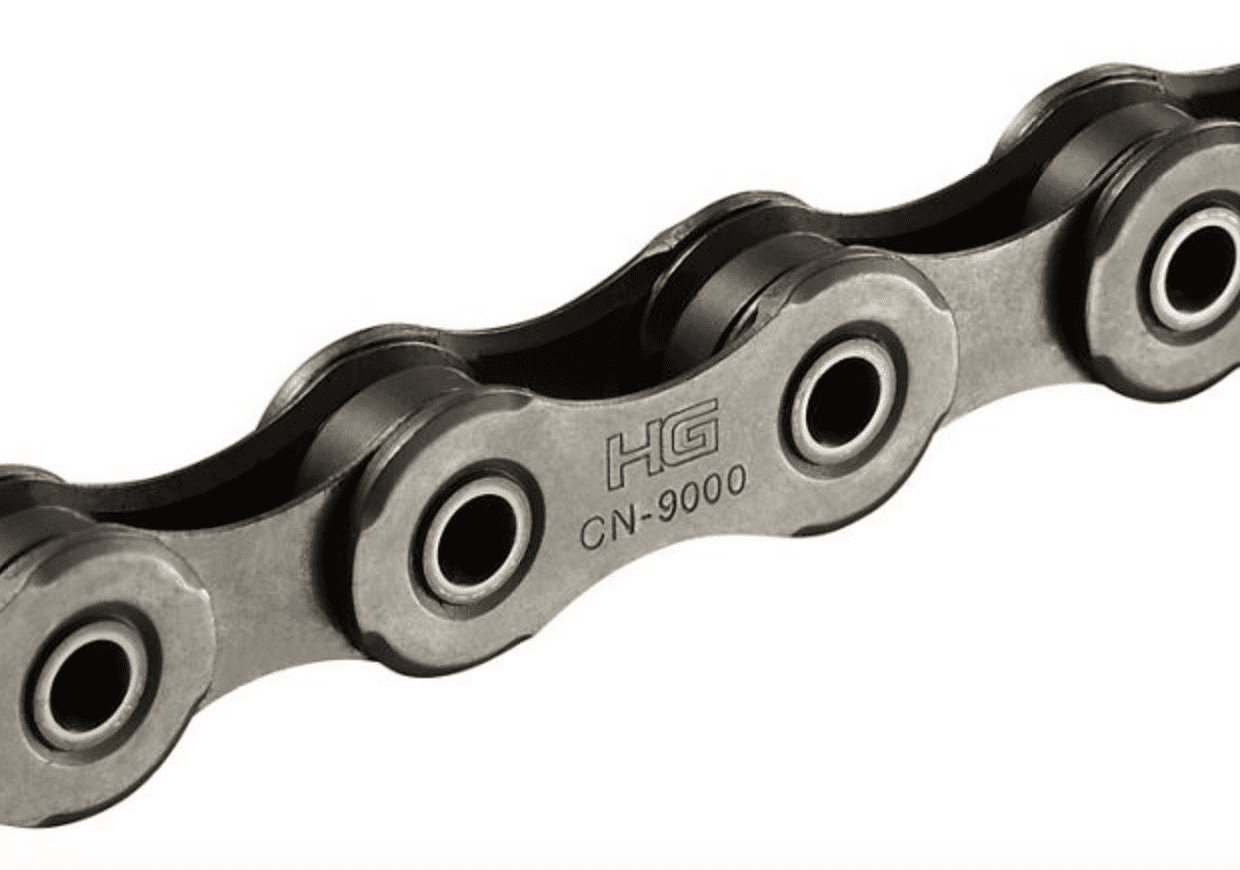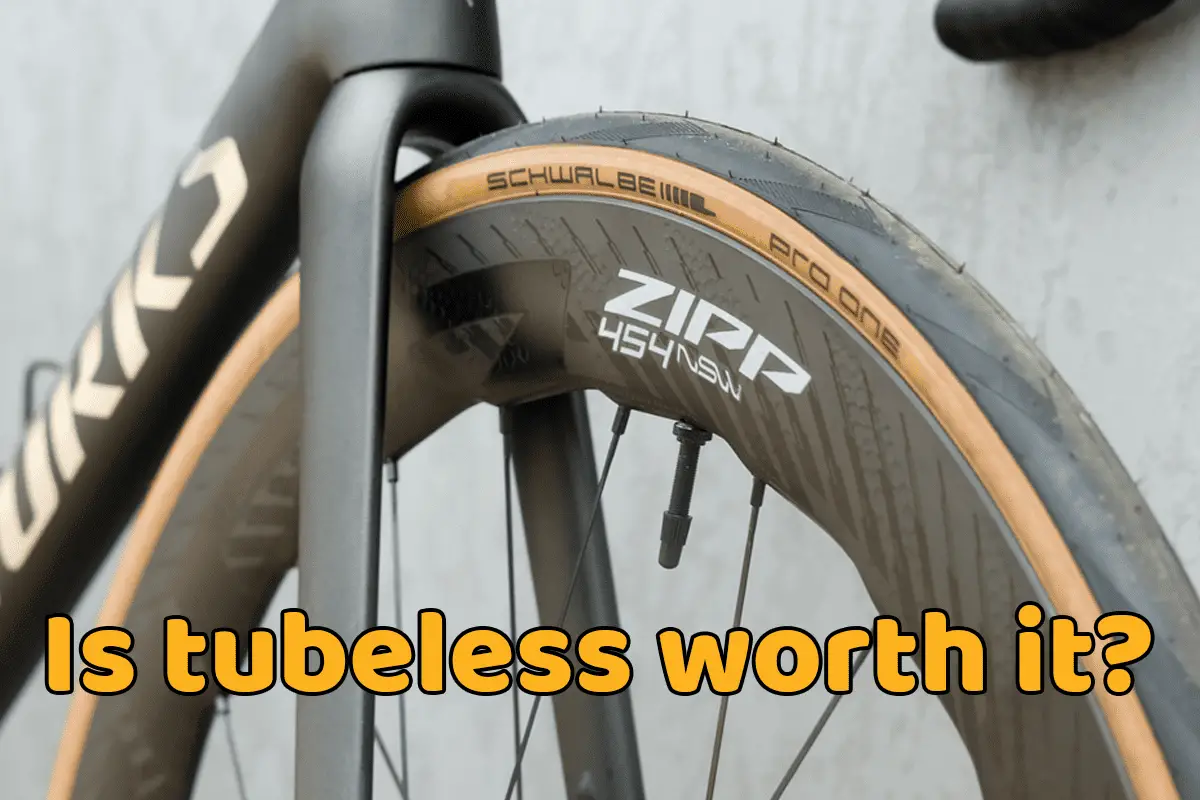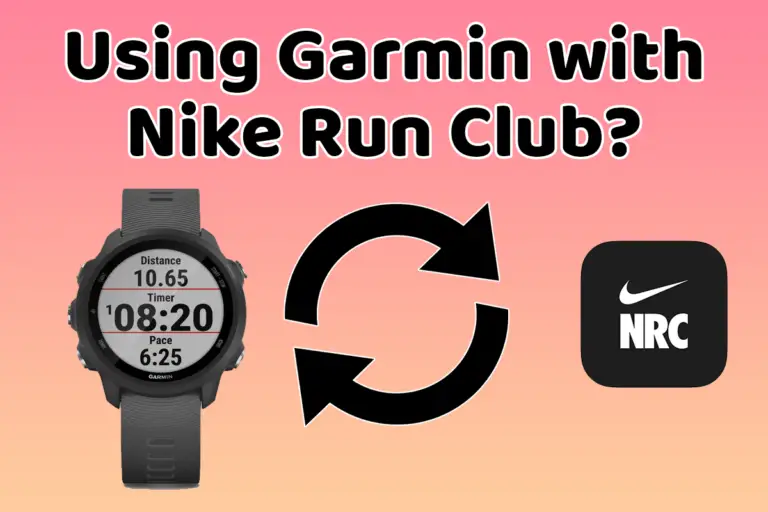Know your bike chain direction! Yes, there is one!
Share on:
Bike chains are quite cheap components. If you enjoy taking care of your bike, you have probably already changed your chain. This component gets used relatively fast if you cycle lots of miles per year and is easy to change to prevent early wear to the cassette and plateau.
But did you wonder whether there is a direction when installing the chain? Can you put it the way you want, or is it supposed to be mounted in a specific direction?
Are bike chains directional?
Not all bike chains are directional. It depends on the brand and model. Most of Shimano’s chains are directional. SRAM, KMC, and Campagnolo make only non-directional chains. But if you remove a worn chain and put it back, then direction matters, whatever the chain brand.
I will explain later in this article why, if you remove a chain and put it back on the bike, it is ESSENTIAL that you are careful about its direction. But first, let’s focus on brand-new bike chains.
Why do some bike chains have a direction for installation?
Some bike chains are directional for the best gear-shifting performance. It can be due to the plating being different on the inner and outer links, or to a slightly asymmetrical chain to help with up-shifting.
The coating on the chain is key to reducing friction and preventing corrosion. A combination of Nickel and Teflon coating usually works best for smooth movement, but both aren’t needed on the outer links of the chain. So, more expensive chains often have the inner links coated with Nickel and Teflon, while only using Nickel for the outer ones.
How to know if a bike chain is directional
All SRAM, KMC, and Campagnolo chains are NOT directional. Only Shimano makes directional chains, but not all are.
As a general rule, directional bike chains have markings engraved only on one side of the chain. Generally the brand logo but sometimes just a reference, like in the picture below where you can see the model engraved.

It is also a good practice to check the owner’s manual and/or dealer’s manual of the bike chain reference you wish to install. It will clearly specify if the chain is directional or not, as well as detail the instructions to install correctly this specific bike chain.
But to help you, I have made a list of Shimano’s directional bike chains:
- CN-4601
- CN-5701
- CN-6701
- CN-6800
- CN-7901
- CN-9000
- CN-E8000-1
- CN-HG600-11
- CN-HG601-11
- CN-HG700-11
- CN-HG701-11
- CN-HG900-11
- CN-HG901-11
- CN-M980
- CN-M981
- E6090-10
- HG54
- HG74 EOL
- HG75
- HG94
- HG95
💡 Did you know:
Despite general beliefs, Trek bikes aren’t made in the USA. Learn more here:
https://joyfultriathlete.com/where-are-trek-bikes-made/
How to fit correctly a directional bike chain
If a bike chain is directional, always put the side with the marking towards you when installing the chain. The text engraved (lettering or logo) must be readable when you are facing the derailleur, or else the chain is installed wrongly.
You simply have to route the chain so the writing faces the right side of the bike, away from the wheel.

For a better understanding, you will find below some sketches of Shimano’s directional chains with the side facing opposite to the wheel (forward) and towards the wheel (reverse).

Importance of chain direction when putting back a used chain
Once a bike has been ridden for a while, the chain becomes directional. Therefore, if for any reason, you have to remove it and put it back. You must be careful to put it back the same way it was, or you will end up having a noisy chain with possible skipping on your drivetrain.
This experience isn’t pleasant, so I want to warn you to be careful. The more worn out the chain, the more chance this will happen if you re-install it differently.
So why is it important to install the chain back identically to how it was before?
When cycling, the bike chain stretches with time. This stretch is directly linked to the deformation of the chain. But the chain deformation is happening at the junction with the gear teeth, therefore only on one side of the inner links. So the chain deformation is not symmetrical on both sides of the chain. Therefore the chain shape will have adapted itself to how it was fit, and if you put it back differently, it will not fit correctly anymore.
Note: it is not recommended to remove the chain to clean it for most chains nowadays. If you use a master link and wish to do so, remember that some master links are not reusable and must be replaced. But if your chain uses a rivet to connect, then do not remove the chain for cleaning.
Did you know that almost any bike can be made tubeless, learn more in the article below:
Going tubeless with a bike: is it worth it?
Share on:








